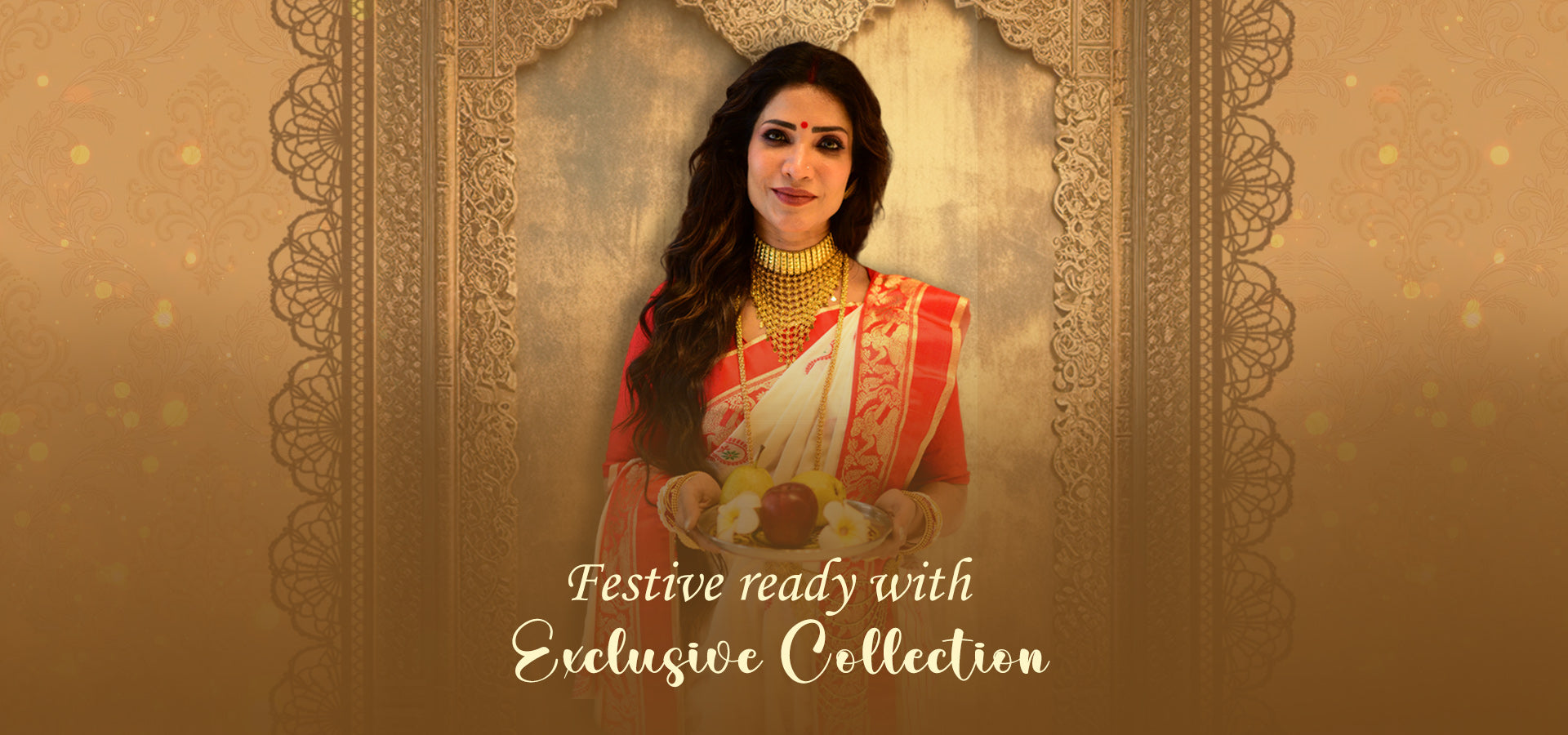
In recent years, the landscape of design has witnessed an exciting and transformative shift. Where once design was often viewed as the domain of individuals or large corporations, today, the concept of the designer collective is reshaping the way creative work is approached, produced, and shared. These collectives, often formed by a group of like-minded designers, artists, and makers, are pushing the boundaries of collaboration and experimentation, creating a new wave of innovation that is accessible, inclusive, and forward-thinking.
What is a Designer Collective?
At its core, a designer collective is a group of individuals with complementary skills and creative visions who come together to collaborate on projects. These collectives are often rooted in a shared philosophy, whether it's a particular design style, a commitment to sustainability, or a focus on community engagement. Unlike traditional design firms or agencies, collectives typically operate with a more fluid, decentralized structure, allowing for greater creative freedom and autonomy within a collaborative framework.
Collectives can vary in size, scope, and focus. Some may specialize in a specific area of design—such as graphic design, industrial design, or architecture—while others may be more multidisciplinary, embracing diverse practices such as fashion, digital design, and installation art. What unites them is a shared desire to break down traditional silos and explore new possibilities by working together.
The Power of Collaboration
One of the most powerful aspects of designer collectives is the inherent collaboration at their core. In an era where innovation often arises from cross-disciplinary thinking, collectives provide the ideal environment for designers to share ideas, combine skill sets, and experiment with new approaches. The collaborative nature of these groups fosters a sense of community and support, allowing members to learn from each other, challenge each other’s ideas, and push the boundaries of what’s possible.
For example, a graphic designer might team up with an industrial designer to create a unique product that combines aesthetics with functionality in new and unexpected ways. Or a fashion designer and a digital artist might collaborate on an interactive fashion installation that merges technology with physical design. The possibilities are endless, and the collective approach enables designers to transcend traditional boundaries and explore exciting, uncharted territory.
The Benefits of Being Part of a Collective
-
Creative Freedom: Working within a collective allows designers to step away from the constraints of client work or corporate structures. They have the freedom to explore their own creative ideas and experiment without the pressure of commercial expectations.
-
Cross-Disciplinary Learning: Being part of a collective exposes designers to different disciplines and design philosophies. This cross-pollination of ideas can lead to unexpected breakthroughs and innovations.
-
Stronger Networks and Opportunities: Collectives often have stronger collective bargaining power, which means that members can access bigger opportunities, larger projects, and more resources than they might be able to on their own. Collaborating within a group also opens doors to new connections in the industry.
-
Support and Community: Design can be a solitary pursuit, especially for freelance designers. Being part of a collective provides a sense of belonging and support, both professionally and personally. It’s a space where members can give and receive feedback, celebrate successes, and work through challenges together.
Designer Collectives in Practice
The concept of a designer collective isn't new. In fact, many of the most iconic movements in design history were born out of collaboration. The Bauhaus movement in the early 20th century, for example, was an interdisciplinary collective of architects, designers, and artists who sought to unite art, craft, and technology. More recently, collectives such as Droog Design from the Netherlands and The Eames Office in the U.S. have made significant contributions to the design world, showing the potential for collaborative practice to shape entire industries.
Today, collectives are evolving and adapting to the digital age. With the rise of online platforms, virtual collaboration has become a defining feature of modern designer collectives. Designers from different corners of the globe can come together through digital tools, sharing ideas and creating designs that transcend geographic and cultural boundaries.
The Future of Designer Collectives
As we look to the future, the role of designer collectives in shaping the design industry seems more important than ever. With increasing demand for sustainable, ethical, and socially-conscious design, collectives have the ability to bring together diverse perspectives that reflect the needs and desires of global communities. They also serve as a model for inclusivity, giving emerging designers a platform to showcase their work and ideas.
In an era where individuality and personal expression are highly valued, designer collectives provide a refreshing counterpoint: a place where collaboration and shared vision are just as important as personal achievement. The result is a thriving ecosystem of creativity and innovation, where ideas flow freely and everyone has a voice.
In short, designer collectives are more than just a trend—they represent a fundamental shift in how design is created, shared, and experienced. As they continue to grow and evolve, they hold the potential to redefine not just the world of design, but also the way we think about creativity, community, and collaboration in the 21st century. Whether you're a designer looking to connect with others or simply someone who appreciates the power of creative collaboration, one thing is clear: the future of design is collective.

